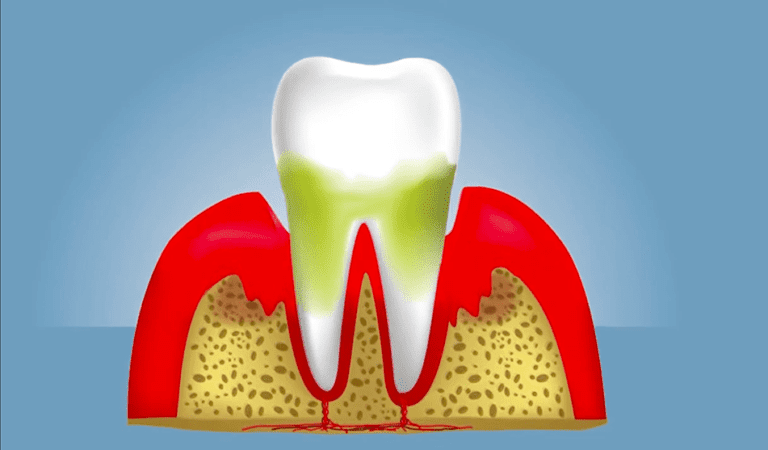Research from the Medical University of South Carolina shows that statins may not only lower cholesterol levels but also help fight gingivitis. Subramanya Pandruvada, Ph.D., assistant professor in the College of Dental Medicine, oversaw the study. “Our findings support the use of statins to moderate periodontal inflammation as a valid strategy,” he said.
Periodontitis, a common form of gum disease, is not just a health concern, but a major concern among adults in the United States. As Pandruvada pointed out, “About 4 out of 10 people aged 30 and over had a mild, moderate or severe level of periodontitis. Its prevalence increases with age and is influenced by factors such as smoking, dietary habits and systemic diseases.” This “It highlights the urgent need for effective treatments such as statins, and the importance of our research in addressing this issue,” he said.
While current gum disease treatments such as deep cleaning, surgery, and post-treatment support help, the potential of statins as a new approach is a game-changing development. This has the potential to change the way we fight gingivitis, offering a beacon of hope and optimism for patients and professionals alike, Pandruvada said.
“Due to a wide range of health benefits, in addition to cholesterol-lowering properties, statins have recently attracted considerable attention as a new treatment strategy for various conditions not directly related to lipid profile normalization and cardiovascular disease prevention. In addition, they have antimicrobial, antiviral and fungicidal properties, which make this class of drugs attractive in the field of periodontal disease and oral and dental health.”
The focus of the Pandruvada lab’s statin research has been targeting immune system cells to minimize the body’s natural response to the bacterial infection that causes gum disease. This innovative approach could potentially shape the future of periodontal research and clinical treatments, inspiring and motivating industry professionals to explore new avenues of treatment.
This philosophy guided his group’s work on statins. “We modeled acute inflammation in periodontal disease in the laboratory and identified unique pathways related to macrophage (a type of white blood cell) polarization (the mechanism that causes a physical or chemical change) and their kinetics,” Pandruvada said.
Macrophages play a vital role in the body’s defense against infection. “Our study identified the fluidity of these cell types between their different forms, enhancing our understanding of their specific functions during the inflammation cycle. Importantly, we discovered that statins, in addition to their known effects, have direct beneficial effects on macrophages.”
Opening up new possibilities
By replicating specific conditions in periodontal disease and showing that introducing statins into an in vitro model modified the immune response, Pandruvada said his team opened up new possibilities for using drugs like statins for gum disease.
However, statins can cause side effects such as headaches, muscle aches, constipation and sleep problems, so they are not for everyone. Additionally, Pandruvada said further study is needed.
“A more comprehensive and detailed design of experimental treatments is needed to establish a true association between statin therapy and oral symptoms, leaving plenty of room for further research and potential contributions from scientists.”
Getting the word out
Pandruvada presented the research at the annual meeting of the American Society for Biochemistry and Molecular Biology and published her findings in Cells. The lead authors of the study are Waleed Alkakhan, DDS, former chief resident of Periodontology at MUSC, and former dental student Nico Farrar, DMD.
Pandruvada said the team worked closely together in a highly collaborative environment. “That’s how I think science thrives. MUSC has a unique combination of all the things I was looking for to build my independent lab: a wide range of experts, facilities, and resources that allow me to fully develop our research.”


